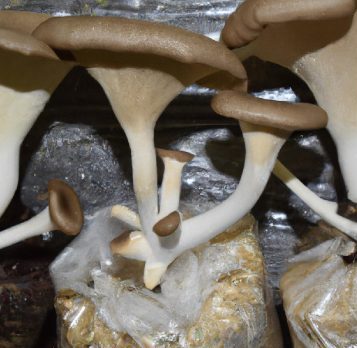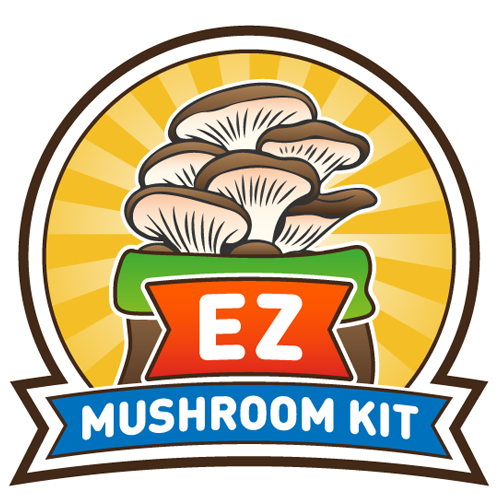
Mushrooms are able to grow in a wide range of substrates because they are decomposers, which means they obtain their nutrients by breaking down organic material. Different types of mushrooms have evolved to decompose different types of organic matter, such as wood, leaves, animal waste, and even petroleum.
Mushrooms are able to break down complex organic molecules like lignin and cellulose that are resistant to decay by other organisms. This is possible because they secrete enzymes that break down these molecules into simpler compounds that they can absorb and use as nutrients.
Mushrooms are also able to form beneficial relationships with other organisms, such as trees and plants. For example, mycorrhizal mushrooms form a symbiotic relationship with the roots of plants, exchanging nutrients and helping the plants to absorb water and other essential elements from the soil.
Gourmet Mushrooms love some substrates more than others. Many love substrates that are based on wood sawdust, and another nutrient.
The most popular mushroom substrate made with sawdust is probably the “sawdust spawn” method, which is used to cultivate a variety of different types of mushrooms including shiitake, oyster, and lion’s mane.
Sawdust spawn is made by mixing sawdust, bran, and water to create a nutrient-rich substrate. This mixture is then sterilized to kill off any competing microorganisms before being inoculated with mushroom spores or mycelium.
Sawdust is a popular substrate for mushroom cultivation because it is widely available, inexpensive, and easy to work with. It also provides a good source of nutrients for the mushrooms and can be used to cultivate a variety of different species.
Shiitake mushrooms are one of the most popular mushrooms to grow using sawdust spawn. They are often grown on logs, but can also be grown on sawdust blocks. Oyster mushrooms and lion’s mane mushrooms are also commonly grown on sawdust blocks.
Overall, the sawdust spawn method is a popular and effective way to grow mushrooms, and sawdust is a versatile substrate that can be used to cultivate a wide range of different mushroom species.
Still other mushroom varieties prefer a substrate that is based on compost that includes materials like leaves, straw.
Many species of mushrooms are able to grow on compost substrates, which are composed of organic materials that have been decomposed by microorganisms. Compost substrates are often made from a mixture of materials such as straw, manure, and other organic matter.
Some of the mushrooms that are particularly well-suited for growing on compost substrates include:
-
Button mushrooms (Agaricus bisporus) – Button mushrooms are a popular edible mushroom that are commonly grown on compost substrates. They are known for their mild flavor and versatility in cooking.
-
Portobello mushrooms (Agaricus bisporus) – Portobello mushrooms are a larger and more mature version of the button mushroom. They have a meaty texture and are often used as a vegetarian substitute for meat.
-
Shaggy mane mushrooms (Coprinus comatus) – Shaggy mane mushrooms are an edible species that have a distinctive shaggy appearance. They are known for their delicate flavor and are often used in soups and stews.
-
Wine cap mushrooms (Stropharia rugosoannulata) – Wine cap mushrooms are a hardy and easy-to-grow species that are well-suited for growing on compost substrates. They have a meaty texture and a slightly nutty flavor.
-
Reishi mushrooms (Ganoderma lucidum) – Reishi mushrooms are a medicinal mushroom that are traditionally used in Chinese medicine. They are often grown on a mixture of sawdust and compost, and are known for their health-promoting properties.
These are just a few examples of the many mushrooms that can be grown on compost substrates. Compost substrates are an excellent way to recycle organic waste and create a nutrient-rich growing medium for mushrooms.
In summary, mushrooms are able to grow in a wide range of substrates because of their ability to break down complex organic molecules and form beneficial relationships with other organisms. This allows them to obtain nutrients from a variety of sources and thrive in many different environments.

